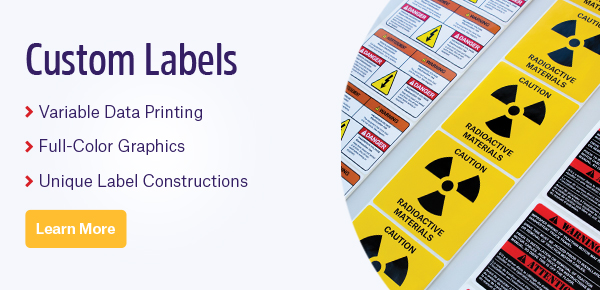 The supply chain has become overly intricate and often accounts for such a large chunk of overhead that any interruptions or lack of resources, which have been plaguing supply chains worldwide recently, can put a serious strain on your business. Continually devising strategies to improve your supply chain can help make product delivery quicker and more efficient, ultimately reducing expenses and increasing revenue across the board, no matter what happens outside the facility.
The supply chain has become overly intricate and often accounts for such a large chunk of overhead that any interruptions or lack of resources, which have been plaguing supply chains worldwide recently, can put a serious strain on your business. Continually devising strategies to improve your supply chain can help make product delivery quicker and more efficient, ultimately reducing expenses and increasing revenue across the board, no matter what happens outside the facility.
Lean strategies
The best way to reduce costs is by optimizing the entirety of the supply chain. By implementing Lean principles, you can focus on removing wasteful steps and reducing errors by doing away with resources without value.
Lean works the following way1:
- Value is specified by product family
- All steps in the value stream are identified for every product family, and steps that do not create value are eliminated
- Value-creating steps are made to occur in a tight sequence so the product will flow smoothly toward the intended recipient (the customer)
As practical steps and resources are identified throughout the workflow, wasted ones are removed. This process is repeated until perfection is achieved, with very little waste left over. By eliminating wasteful steps, not only will you be making your supply chain more efficient, but costs for unnecessary items or labor will also be lowered.
Inventory (and cost) visibility
Improving inventory visibility is a key step in managing supply chain costs, as forecasting is much easier when inventory is tracked as it enters or leaves the warehouse. To optimize visibility, it’s imperative to go fully digital and utilize an efficient means of monitoring flow. Barcodes and RFID represent the two best methods of tracking inventory. However, while barcodes offer their own advantages, like being subject to international standards, RFID is likely the better option as it provides a means to scan all items simultaneously, in real-time, without a direct line-of-sight, and tags can be re-used and re-encoded multiple times. RFID systems can also be designed such that sensors can detect the act of physically moving inventory throughout the supply chain, registering it immediately to an electronic inventory management system, where data can be analyzed instantaneously.
Using a system that provides maximum visibility means usage and costs can also be assessed in real-time. Trends can be detected quickly, so shortages and anything else that could contribute to excess costs are prevented months in advance. Security is also boosted using a fully digital system; unexplained losses in inventory are minimized with RFID tracking, while tags can be encrypted to provide additional safeguarding.
Automate
A variety of tasks can easily be performed via an automated system, such as order prep, data analysis, and payment processing. Even labeling can be performed using automated systems. Automating can help free up time for your employees to perform other tasks, reducing labor costs and increasing productivity throughout the supply chain.
Manage shipping costs
Reviewing how orders are shipped can cut costs dramatically in the long run. Consolidating shipments into large orders that ship less frequently means less strain on warehouse personnel to coordinate multiple smaller shipments. To optimize shipment size, it’s always helpful to have a highly visible inventory already in place, as this will facilitate coordination between the supply chain and the shipping department. If this is not possible, outsourcing shipping to a transportation company can also help cut costs.
Free-flowing communication
Communication is also key to running any aspect of a company. It’s especially important along the supply chain, where any interruption can lead to a backflow of orders and hinder cost-effectiveness. To make communication more efficient, it’s best to set specific metrics to be used among internal teams as well as with suppliers and distributors. When it comes to suppliers and distributors, it’s critical to communicate frequently with them in a respectful and proactive way.
Reference:
- Womack, James P. Lean Thinking: Banish Waste and Create Wealth in Your Corporation. New York, NY: Simon & Schuster, 1996.

